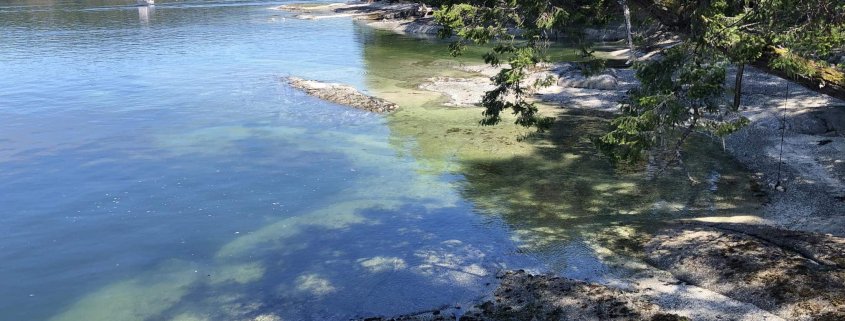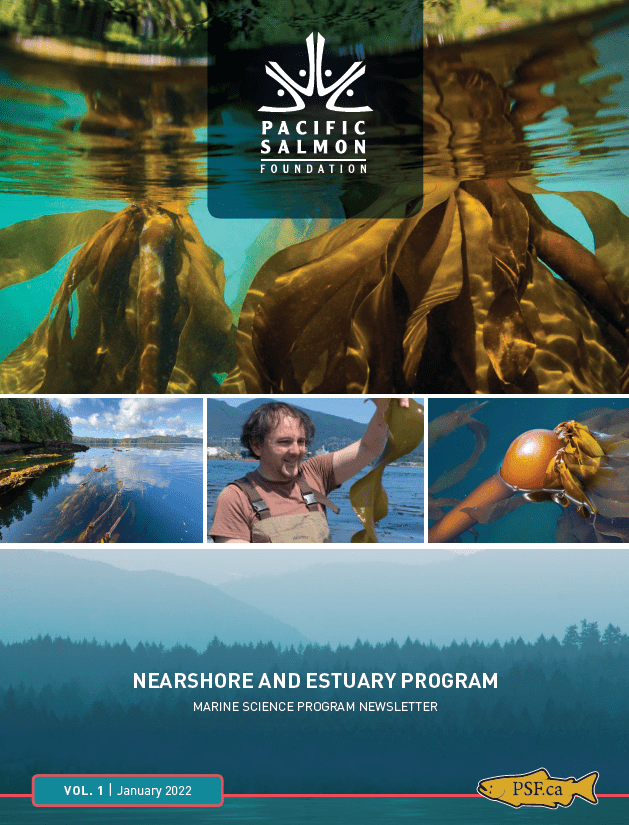
Genetic approaches to ‘future-proof’ BC kelp forests in the face of climate change
Successfully restoring kelp forests in any given location requires that out-planted populations be physiologically capable of surviving an increasingly stressful future. In other words, the restored kelp forests must be ‘future-proof’ – that is, robust to future climate changes. Doing so requires a strong understanding of the genetic and phenotypic variability within and across natural kelp populations, so as to be able to manage kelp forests and promote long-term ecological and climatic resilience.
Global efforts to develop scale-able technologies for kelp restoration are rapidly outpacing research focused on the intraspecific variability that must be harnessed to ensure ‘future proof’ forests. The novel “Green Gravel” method offers a potentially rapid way to seed a reef with young kelps that doesn’t rely entirely on time-intensive SCUBA diving. This method had been tested abroad, but not yet in the Pacific Northwest. While this is a promising methodology, critical questions remain regarding the biology of these species and about the potential adverse effects of poorly planned restoration initiatives, in particular:
- What is the potential for adaptation to climate change within and across kelp populations? The Pacific Northwest is lined with complex coastlines that create strong variation in the environment. Yet, it remains entirely unclear how these gradients influence the genetic make-up and diversity of local areas. Areas of high genetic diversity may offer an opportunity for adaptation in the future, while areas of low diversity may need urgent conservation intervention.
- Would identifying and targeting thermally tolerant genotypes be beneficial for kelp restoration (and aquaculture?) or conversely, could it have adverse consequences on kelp populations as a whole? If thermally tolerant lineages are rare in nature, then restoration initiatives that use these strains may drastically alter the genetic composition of populations and influence the resilience of kelp forests in the face of other stressors.
Supported by PSF, Post Doctoral researchers from University of Victoria’s Baum Lab set out to address these key questions. The project focuses on the two locally dominant forest-forming kelp species, Macrocystis pyrifera (giant kelp) and Nereocystis luetkeana (bull kelp), and 1) characterized genetic diversity and structure of canopy-forming kelps in British Columbia to identify hotspots of genetic diversity that may be of particular conservation concern; and 2) used common garden experiments to determine whether out planting a low diversity of stress-tolerant genotypes will yield improved restoration outcomes over a random, but diverse set of genotypes collected throughout the region.




